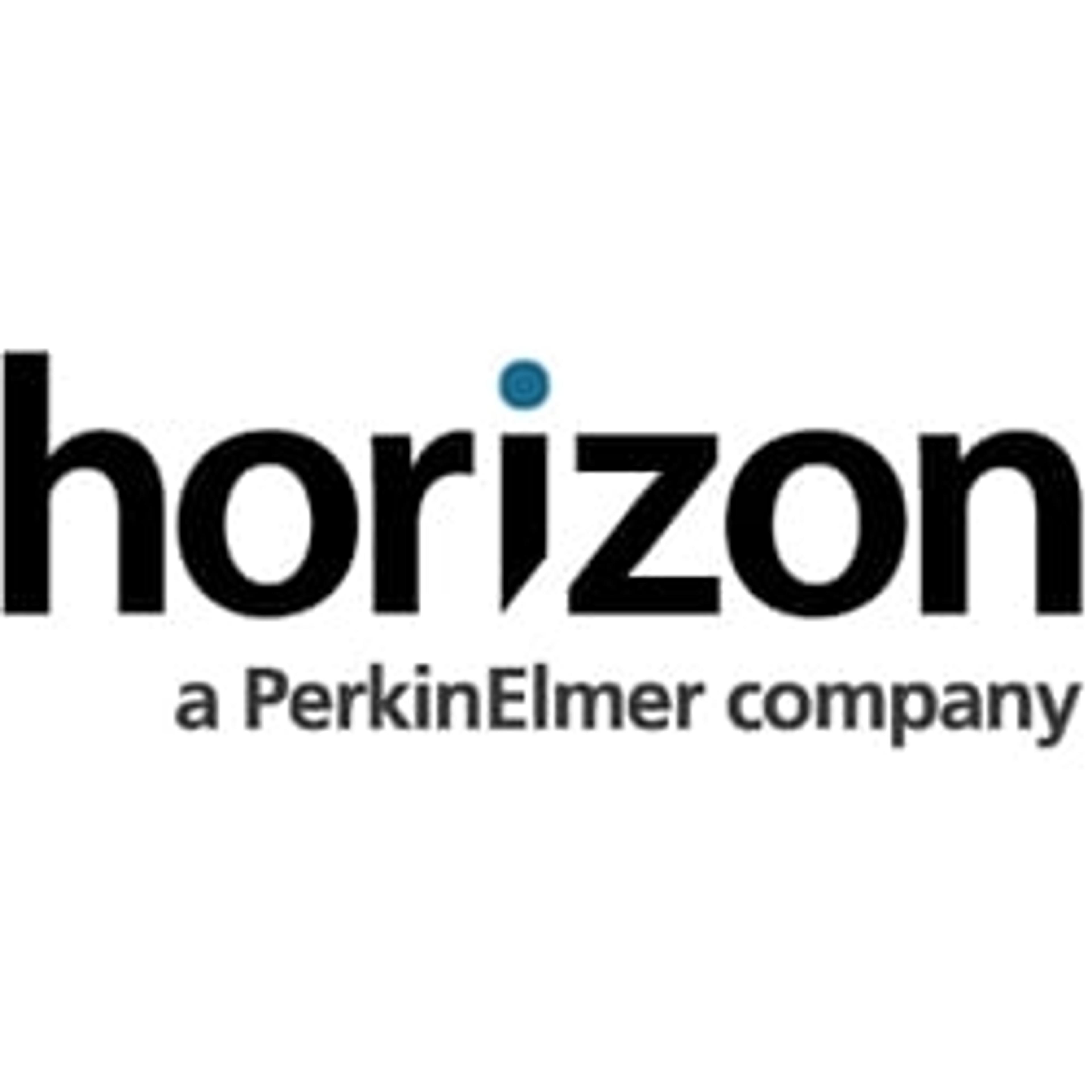Unlocking Complex Immunological Systems with CRISPR Screening
Learn how CRISPR screening in primary T cells has been performed through a combined lentiviral and electroporation approach
19 Mar 2019The growing interest in exploiting primary T cells in the human immune system, as a method for combating a variety of diseases, has led to the need for a feasible method of screening in order to understand the cells' responses to drug treatment and microenvironment perturbations. CRISPR (clustered regularly interspaced short palindromic repeats)–Cas9 is a revolutionary genome editing tool that has been shown to prioritize novel and essential cell genetic responses to drug treatment and, therefore, shows significant application potential in drug discovery and development.
In a recent SelectScience webinar now available on demand, Cristina Ghirelli, immuno-oncology manager at Horizon Discovery, discusses the development of a pipeline to perform pooled CRISPR screening in primary T cells through a combined lentiviral and electroporation approach. With a protocol validated using culture settings previously published in Jurkat T cells (Birsoy et al., 2015), Horizon Discovery-treated primary T cells were used to identify new metabolic targets involved in cell proliferation control and survival. Next-generation sequencing data not only confirmed some Jurkat hits, but also revealed new specific T cell targets.
Read on for highlights from the webinar Q&A session or register to watch the webinar on demand.
Watch WebinarQ: Single guide RNA were present in your library - how many do you recommend using?
CG: The guides we have decided to use here were 10 per each individual gene. This is kind of a complex library to use, but we wanted to use this approach because that was the very first time we were going to screen primary T cells. We wanted to make sure we could cover as much as possible our analysis and get a robust data set. So, went for 10 guides for each individual gene
Q: Which method are you using to electroporate a large number of primary T cells?
CG: I can't, of course, disclose the detail of the electroporation here, but we did use the Neon Nuclear Factor System to electroporate T cells, which is widely used in the field.
Q: Do T cells need to proliferate for such a type of screening? How could you screen nonproliferating T cells?
CG: For this CRISPR-Cas9 knock out screen, whatever cell type we decide to screen need to proliferate. So, proliferation is an essential requirement for the cells, and that's true also for T cells. That's why we had to really work on the protocol and make sure the T cells were as healthy as possible. If there's interesting nonproliferating screening T cells, I would suggest going for an arrayed screen more than a pooled screen as we run for this study.
Q: Is there a benefit for introducing the guide RNA before the Cas9 into the cell?
CG: We haven't really tried in the T cells to do it the other way around. That was the first approach that was used previously in other cell types and we knew it was working quite well. So, we decided to develop it in that way, and we obtained the results we were expecting, and we were extremely pleased with that. I’m not sure that I can say if there is a real benefit in doing that, but it's shown to be working quite well. So, we are pleased and happy, and that's the protocol we are currently using.
Q: What kind of data was used for T cell (d1+d2+d3) MaGECK analysis?
CG: We analyzed this dataset by conducting different type of comparisons. We compared every timepoint to time 0 in both control and phenformin-treated T cells. We analyzed each individual donor data set, as well as the pool of data generated from the three donors together. In particular, the volcano plot I've shown in the webinar presentation (slide 26) represents data from the three donors averaged at the last timepoint of this screen (22 days post Cas9 mRNA electroporation).
Q: Is CRISPR technology helpful in controlling the malignancy of lymphomas, or is it possible that T cell gene editing could increase the chances of malignant lymphomas?
CG: In principle, CRISPR-editing a gene that is known to be responsible for lymphoma development is a clever approach, but I believe we need more pre-clinical data to be able to safely evaluate the use of CRISPR technology in clinical settings.
Q: Do you have any experience in whole-genome screening in T cells?
CG: No, we haven't yet performed a whole-genome screening in T cells, but we are going to start. We are expecting some data to come to us quite soon. We also expect this to be something quite common now in Horizon because there is, in general, a lot of interest in whole-genome screening, independently of the cell type. So, now that we had a platform specific for the primary T cells, we expect we are going to do this more and more.
Q: Do you have plans to offer arrayed screens for T cells?
CG: Yes, Horizon will be able to offer arrayed CRISPR screening in primary T cells soon. These screens have the advantage of enabling more complex endpoints to be assessed, but they are more limited in scale due to the numbers of cells required per well.

